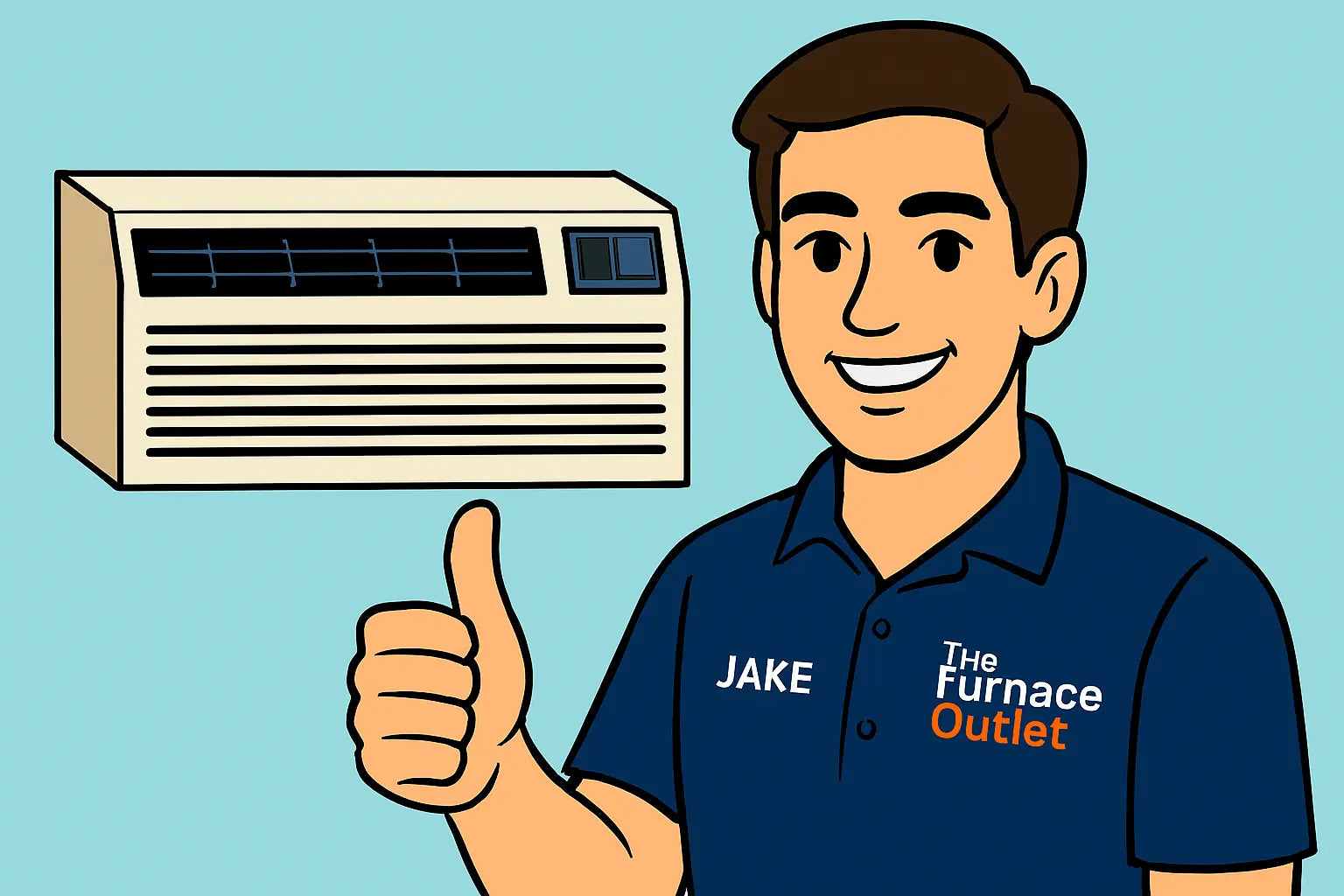Introduction: Jake’s Rule of Thumb on PTAC Problems
Hey folks, Jake here. I’m all about rolling up your sleeves and tackling home projects yourself—but when it comes to PTAC units, there’s a fine line between “confident DIY” and “expensive disaster.” Messing with certain problems without the right training isn’t just risky—it can void warranties, damage your unit, or put your safety on the line. So let’s talk about when it’s smart to drop the wrench, pick up the phone, and call in a certified HVAC pro. 📞
Electrical Smells or Burning Odors
If you smell burning plastic, hot metal, or any electrical odor coming from your unit, shut it off immediately. This can mean:
-
Wiring issues or shorts
-
Overheating electrical components
-
Failing motors or relays
Electrical problems are nothing to mess with—get a pro to diagnose before you plug it back in. The Electrical Safety Foundation International has great safety resources if you’re unsure.
Unusual Noises That Don’t Go Away
A little hum or click is normal, but loud grinding, screeching, or banging can mean:
-
Blower motor failure
-
Loose fan blades
-
Compressor issues
If the sound continues after a basic check for loose screws or debris, stop running the unit and call for service. Check out HVAC.com’s noise troubleshooting guide to identify common culprits.
Persistent Cooling or Heating Problems
If you’ve cleaned your filter, cleared airflow obstructions, and checked the thermostat but the unit still can’t keep up:
-
You may have a refrigerant leak (which requires EPA-certified handling).
-
The heat strip or compressor could be failing.
-
There might be a deeper airflow restriction inside the system.
The Energy.gov heating & cooling troubleshooting page is a solid starting point for identifying these issues—but repairs like this need trained hands.
Water Leaks or Drain Pan Overflow
Seeing water puddling under your PTAC? That could mean:
-
A clogged condensate drain line
-
A cracked drain pan
-
Frozen coils thawing
While minor clogs can be DIY, heavy leaks or repeated overflow usually mean there’s a bigger problem inside the system. The ACCA contractor directory is a great place to find certified pros for this kind of work.
Conclusion: Jake’s Call-It-In Checklist
Sometimes repairs cost more than replacing the unit—especially with older models. If you’re ready to start fresh, the Amana Distinctions 12,000 BTU PTAC Unit with 3.5 kW Electric Heat offers reliable performance, energy efficiency, and a warranty that gives you peace of mind.
You know your PTAC better than anyone—but don’t let pride get in the way of safety or efficiency. If you smell burning, hear unsettling noises, see water where it shouldn’t be, or the unit just can’t do its job, it’s time to let a pro handle it. The right technician will save you money in the long run and keep your comfort system running strong. And if your PTAC is beyond saving, upgrading to a reliable Amana Distinctions model is the best move you can make for years of trouble-free comfort.
Need installation and troubleshooting tips for this unit? Visit my guide right here!
Stay smart, stay safe, and keep the air just the way you like it. 🌬️🔧
- Jake, your comfort loving tech!







